A long track winding through a farmyard leads to the Norman church of St. Andrew’s at Holcombe in Somerset. The medieval village surrounding the church disappeared after the plague of 1348 when survivors moved to the new village a mile away. The congregation continued to use the church until 1885, when a new church was consecrated in the village, and today the churchyard still receives burials. The old church, built of coursed rubble with a slate roof, is now under the care of the Churches Conservation Trust, and witnesses only three or four services a year. But we obtained the key from the pub in the village, and viewed the box pews, the gallery, the carved hat pegs, the painted panels bearing the ten commandments in gold lettering, and the inverted Anglo-Saxon inscription on the recycled stone in the porch.
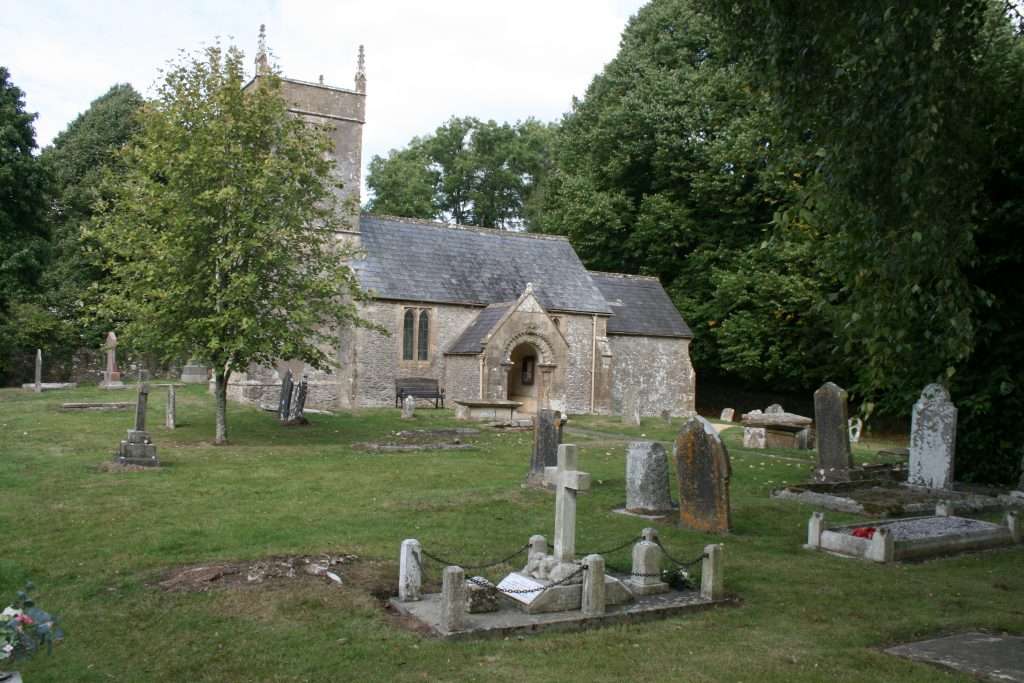
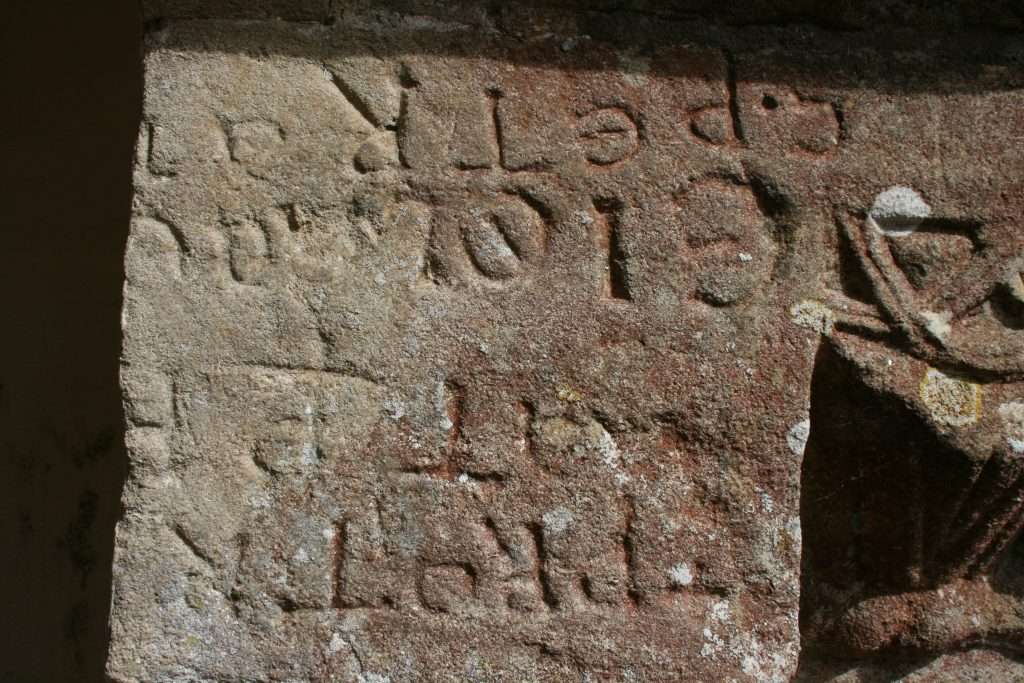
Walking through the Holcombe Valley and along the streams, gathering blackberries, we caught glimpses through the trees of the tower at Downside Abbey. Returning to the graveyard we could not have witnessed a more tranquil scene, the leaves of ancient trees brushed by the soft autumn sun of a late afternoon, the older stones leaning companionably towards each other in the shadows, younger more upright ones sporting flowers.
But amidst this pastoral idyll, I found the most poignant of tombstones. A marble cross and five lambs mark the grave five children.
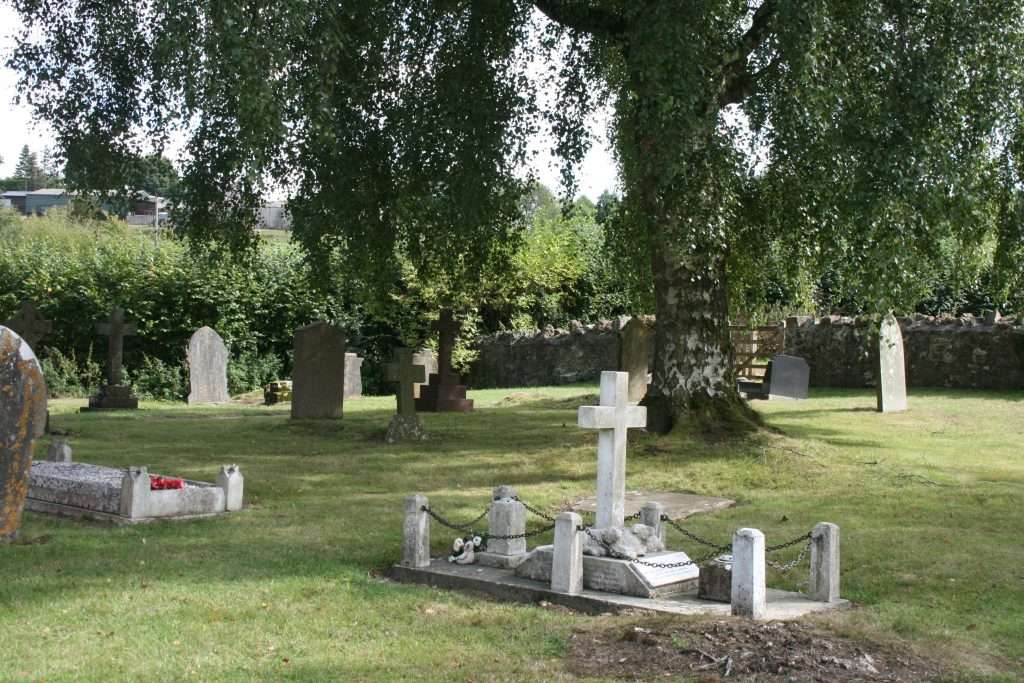
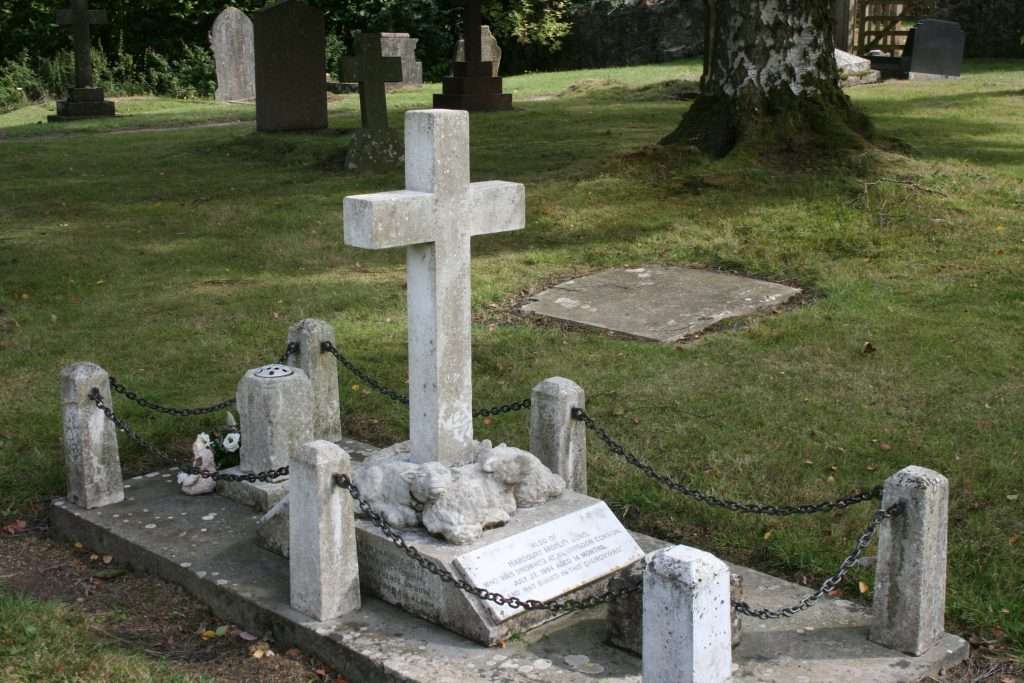
The inscription reads:
“In loving memory of
Bessie Pole, aged 10, Clifford Pole, aged 8
And Thomas Pole, aged 7.
Also Eveline Long, aged 11
And of Ewart Long, aged 8
Who were drowned in a pond in this parish
By the insecurity of the ice, Dec. 20 1899”
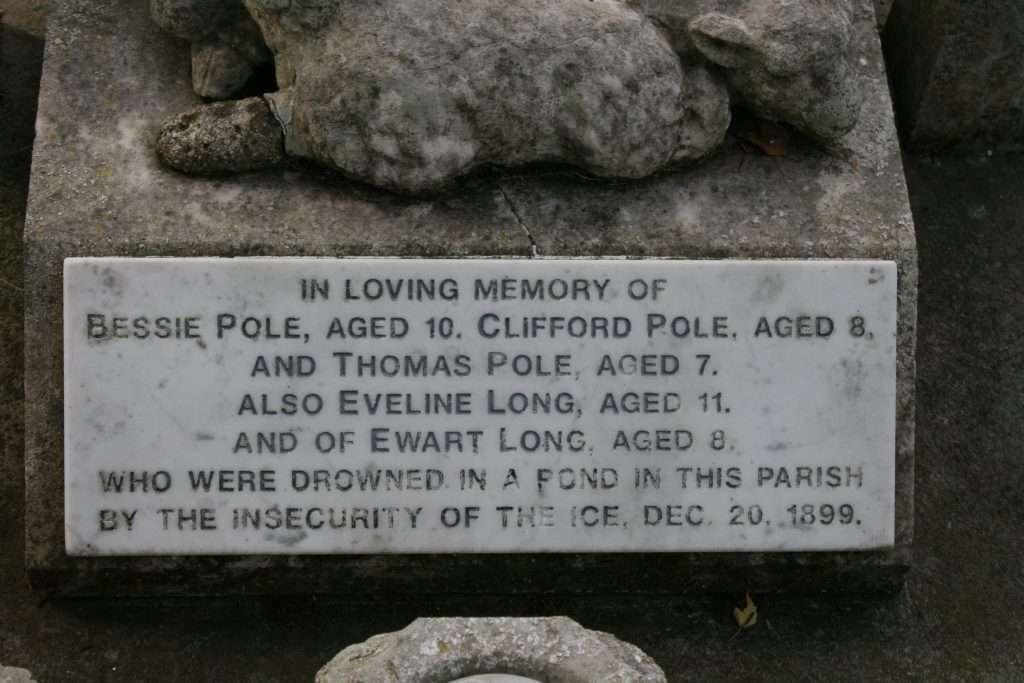
In the 1950s I was part of the last generation of children who grew up relatively free from adult constraints, roaming unhindered and unsupervised with my friends wherever we chose from dawn to dusk and beyond. So I can easily imagine those children on that December day more than half century earlier, cheeks glowing, noses pink, muffled against the cold with coats, scarves, and hats, excited by the raw December weather, one of the younger ones dropping a glove and pulling the wet wool back on with exclamations of disgust. Then, enticed by the frozen pond, daring each other to step out onto it. One of the bolder spirits, moving gingerly at first, testing the ice, then, confidence increasing, jumping on it, and calling to the others. In turn they would have stepped onto the ice, following one another to the centre, and set about constructing a slide which would grow smoother as each one slithered over it laughing and shouting with delight. Then the sudden crack of the treacherous ice, the loss of balance, contact with the icy water, the panic and frightened screams, thrashing in the freezing pond as the ice broke up all around, struggling in vain to escape the danger, reaching out for the safety of dry land. And silence. No doubt people saw them, heard them, tried to save them but the bitter water was quick and cruel.
Hundreds of us enjoyed the same pleasures on hundreds of ponds, it was part of the ritual of winter, a memory treasured in later, staider years. Sometimes the ice gave way, a momentary panic ensued, but seldom with any great harm done, usually with no greater repercussions than freezing feet and wellingtons full of water. Then at home the clandestine attempt to dry out the wet socks in front of the fire before a parental eye caught sight of them.
But no providence protected these five children, a malevolent and arbitrary fate plucked them away to a cruel death .
Over a hundred years later flowers and toys still appear on the grave and visitors fall silent when they read the epitaph.
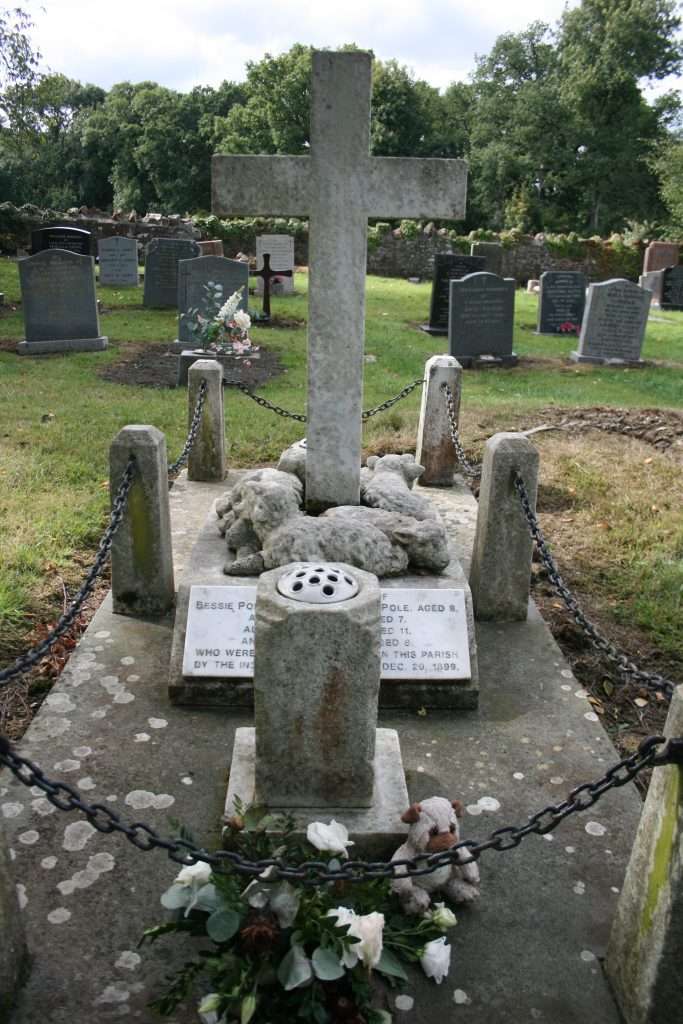
I am surely not the only one imagining the ghostly figures on the pond, opening my mouth to call out a warning, but the words stopped as the waters close and silence ensues. Despite the warm afternoon we are all chilled by the random brutality of the grave’s story.
And yet the fates are not done, for on the other side of the grave is another plaque:
“Also of
Harcourt Morley Long,
Who was drowned at Kilmersdon Common
July 27, 1894 aged 14 months
And was buried in this churchyard.”
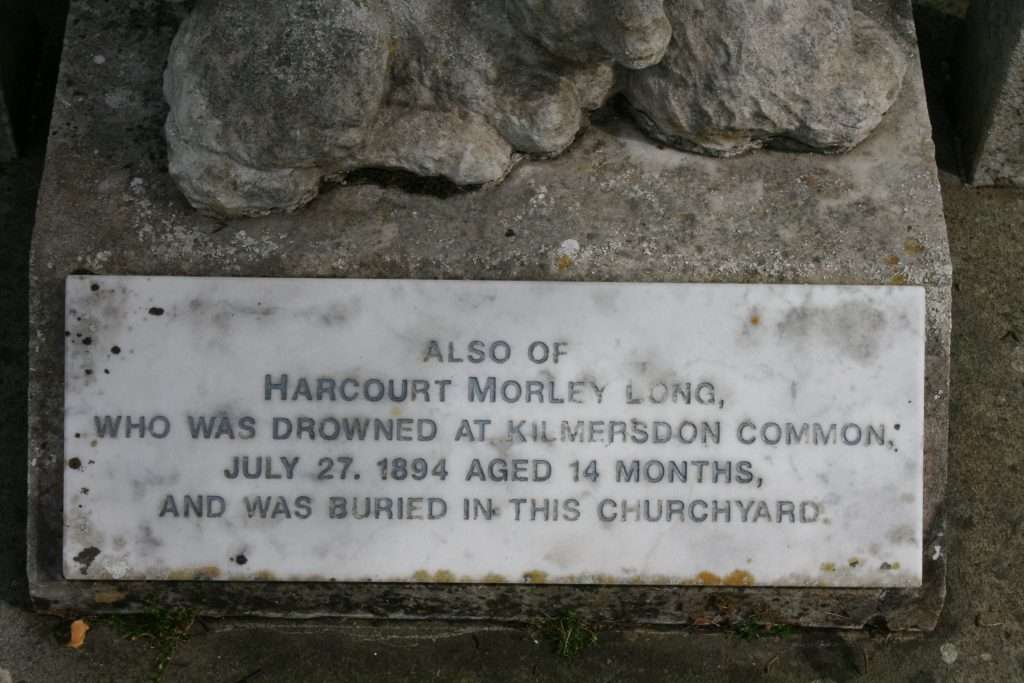
The words come like a physical punch. Tragedy lies at the heart of the beautiful Holcombe churchyard and no pious words can gainsay it.
